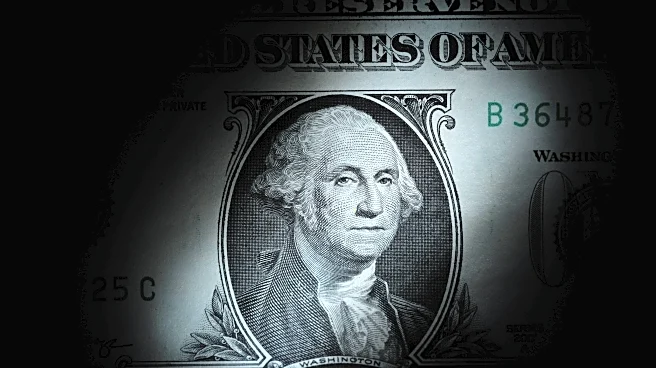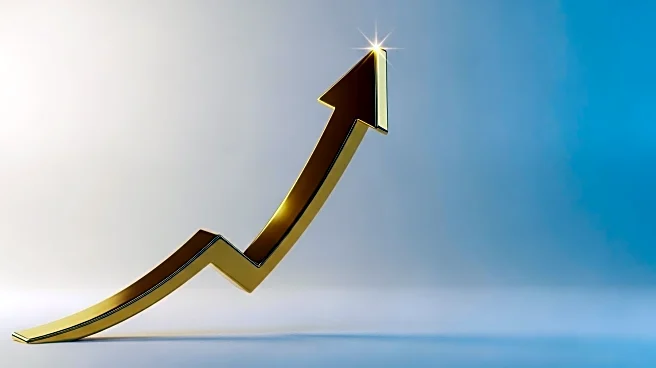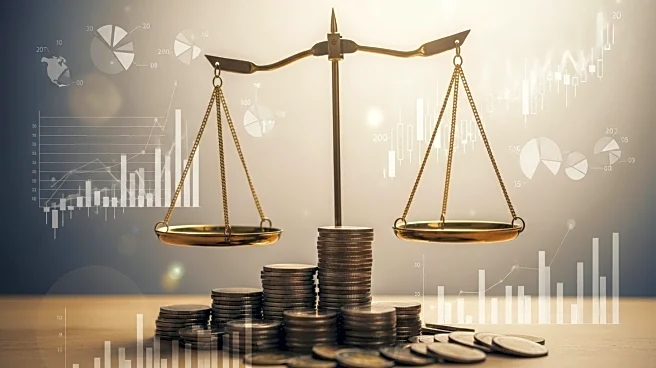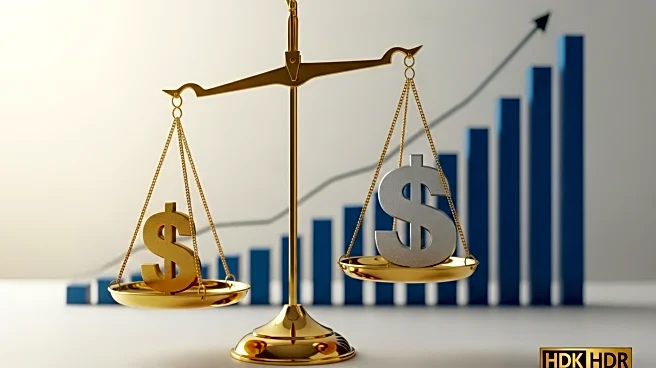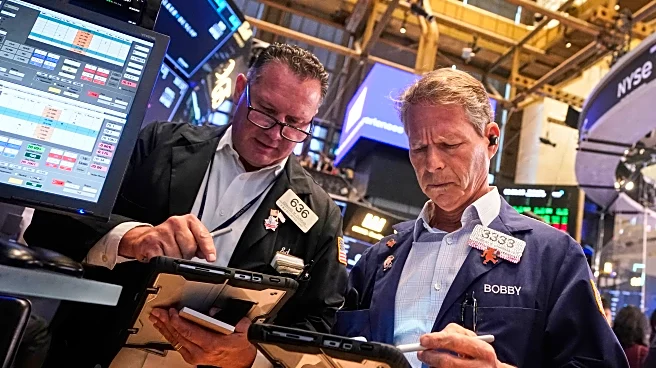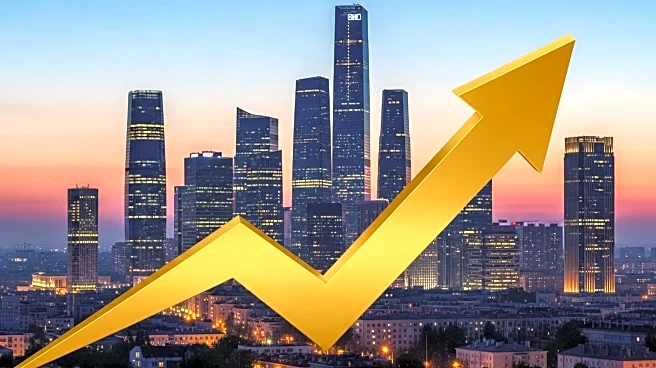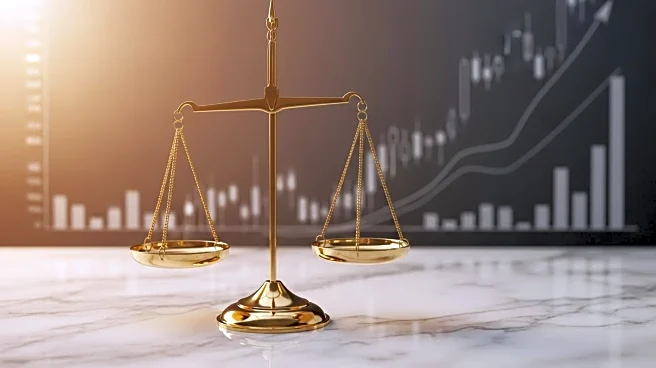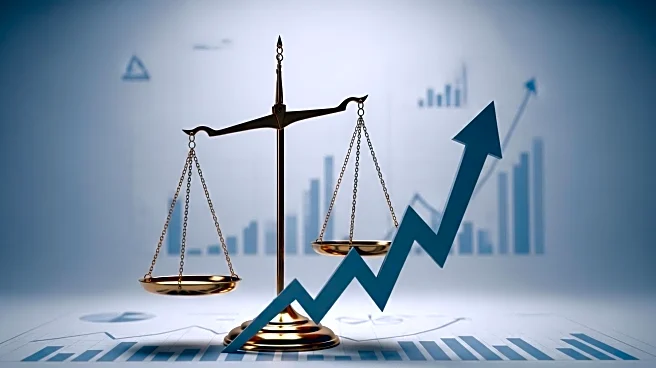What's Happening?
The Commerce Department released data indicating that consumer spending in the United States rose by 0.6% in August, surpassing expectations. This increase occurred despite inflationary pressures, with the Personal Consumption Expenditures (PCE) price index rising by 0.3% monthly, elevating the annual inflation rate to 2.7%. The data highlights a continued trend of robust consumer activity, driven by essential purchases such as healthcare, even as income gains lag behind. The report also noted that tariffs imposed by President Trump have contributed to rising prices for certain goods, further impacting consumer costs.
Why It's Important?
The rise in consumer spending is a critical indicator of economic resilience, suggesting that despite inflationary pressures, consumer demand remains strong. However, the uneven impact of tariffs and rising costs could exacerbate economic disparities, with lower-income households feeling the strain more acutely. The persistent inflation above the Federal Reserve's target rate may influence future monetary policy decisions, potentially affecting interest rates and economic growth. The data also underscores the vulnerability of the U.S. economy to external shocks, given the reliance on discretionary spending by higher-income groups.
What's Next?
Economists and policymakers will likely monitor the inflation trends closely, as sustained high inflation could prompt the Federal Reserve to adjust interest rates. Businesses may respond to changing consumer spending patterns by reevaluating pricing strategies and cost structures, potentially leading to layoffs or facility closures. The ongoing economic dynamics may also influence political discourse, particularly regarding trade policies and their impact on domestic prices.
Beyond the Headlines
The data reveals a 'K-shaped' economic recovery, where wealthier households continue to drive spending while lower-income groups face increasing financial stress. This disparity could lead to broader societal implications, including shifts in consumer behavior and potential changes in public policy to address economic inequality. The focus on essential spending may also impact industries reliant on discretionary purchases, prompting strategic shifts in business operations.


